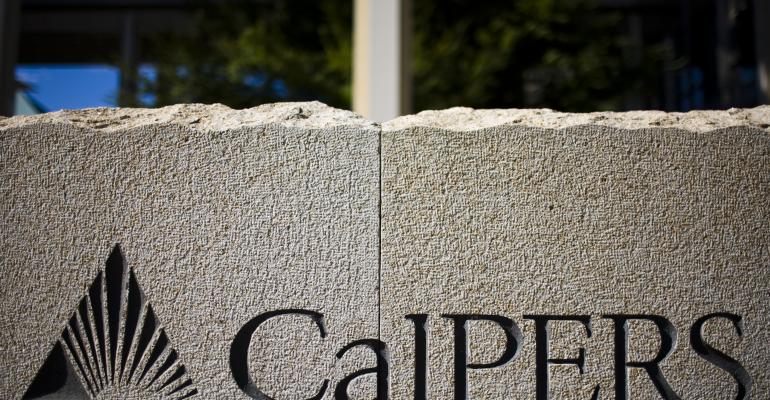
Many of the investment innovations cooked up for big institutional players (think pensions, endowments, insurance companies) eventually roll down to the retail channel; consider liabilities-based investing, liquid alternatives and derivatives, etc… But what if it should really be the other way around? Meb Faber, founder of Cambria Asset Management, suggests big institutions would be better off investing solely in buy-and-hold low-cost index funds; He includes a chart going back to 1990 showing aligned returns between his Cambria Global Asset Allocation fund (GAA) and CalPERs, the $300 billion public employee fund for California. “CalPERS would have been just as well off just firing their whole staff and buying some ETFs. It would certainly make the record keeping a lot easier! And they would save a whopping $500 million a year on operating costs (2,700 employees) and another few hundred million on external fund fees.”

According to a new book by the folks at Alpha Architect, investors don't need financial advisors. They simply can do it all themselves. The book, "DIY Financial Advisor: A Simple Solution To Build And Protect Your Wealth," shows how individual investors take the control of their finances out of the hands of money managers. Using research garnered during their time as consultants and asset managers for family offices, the authors provide a variety of practical applications and tools for investors to use. Of course, they're also launching a robo-advisor to go with book, because, likely, even automated money management pays more than book publishing.

As a security measure, Bureau of Engraving and Printing includes lines of microprinting on U.S. paper currencies. MentalFloss.com points out 15 examples of these sometimes-too-small-to-be-seen words scattered about the typical $5, $10, $20, $50 and $100 bills. For example, the actual Lincoln Memorial in Washington D.C. features the state names engraved on it. They also appear on the depiction of the memorial on the back of a $5 bill. Also, see if you can spot the "THE UNITED STATES OF AMERICA" hiding in President Grant’s collar on a $50 bill. For those tempted to take out these bills and explore, don't despair if you can't find them: Some are only visible under a microscope.
Millions of Testamentary Documents Made Digitally Searchable

Ancestry.com recently completed a massive project, digitizing wills and probate records for over 100 million Americans dating all the way back to the colonial era. As of Wednesday, these records are freely available and searchable. Once relegated to archives and storage areas in courts across the country, the documents are an invaluable resource for both professionals and clients. Any lawyer who’s ever had to head to a dusty record room and carefully thumb through a massive, handwritten tome of 100-year old wills (I’m looking at you New York County Surrogate’s Court) is likely jumping for joy at this newfound convenience.




